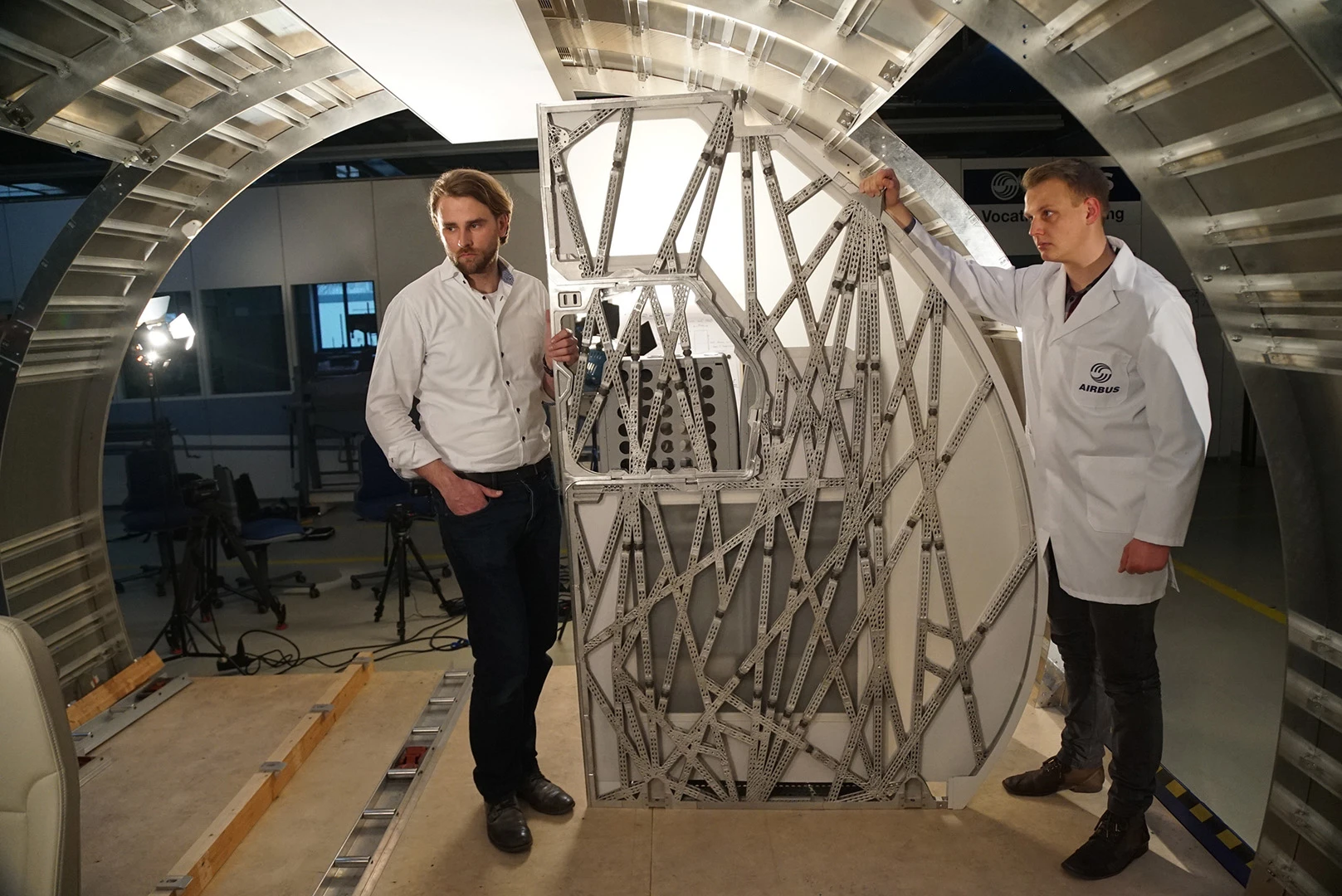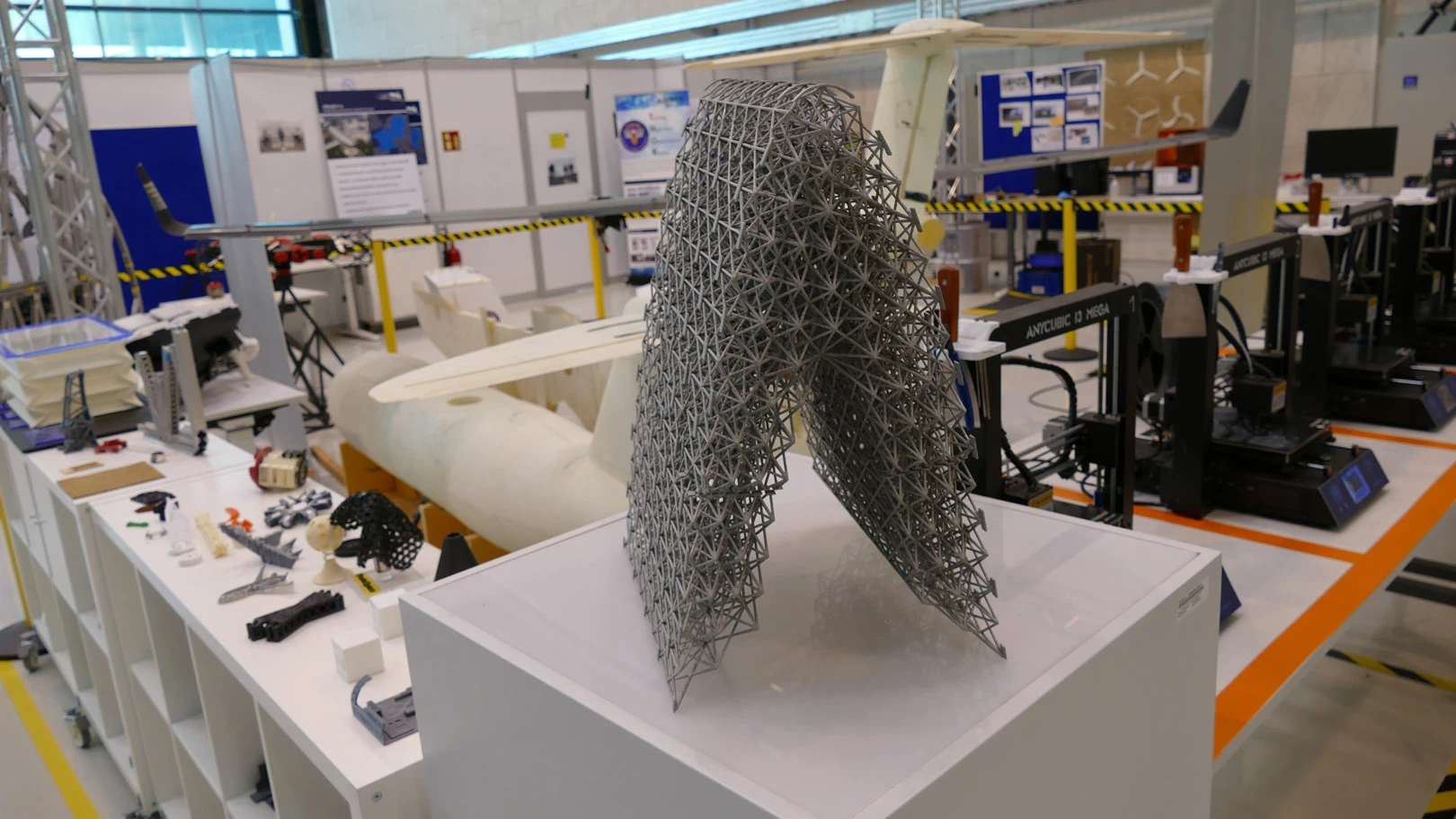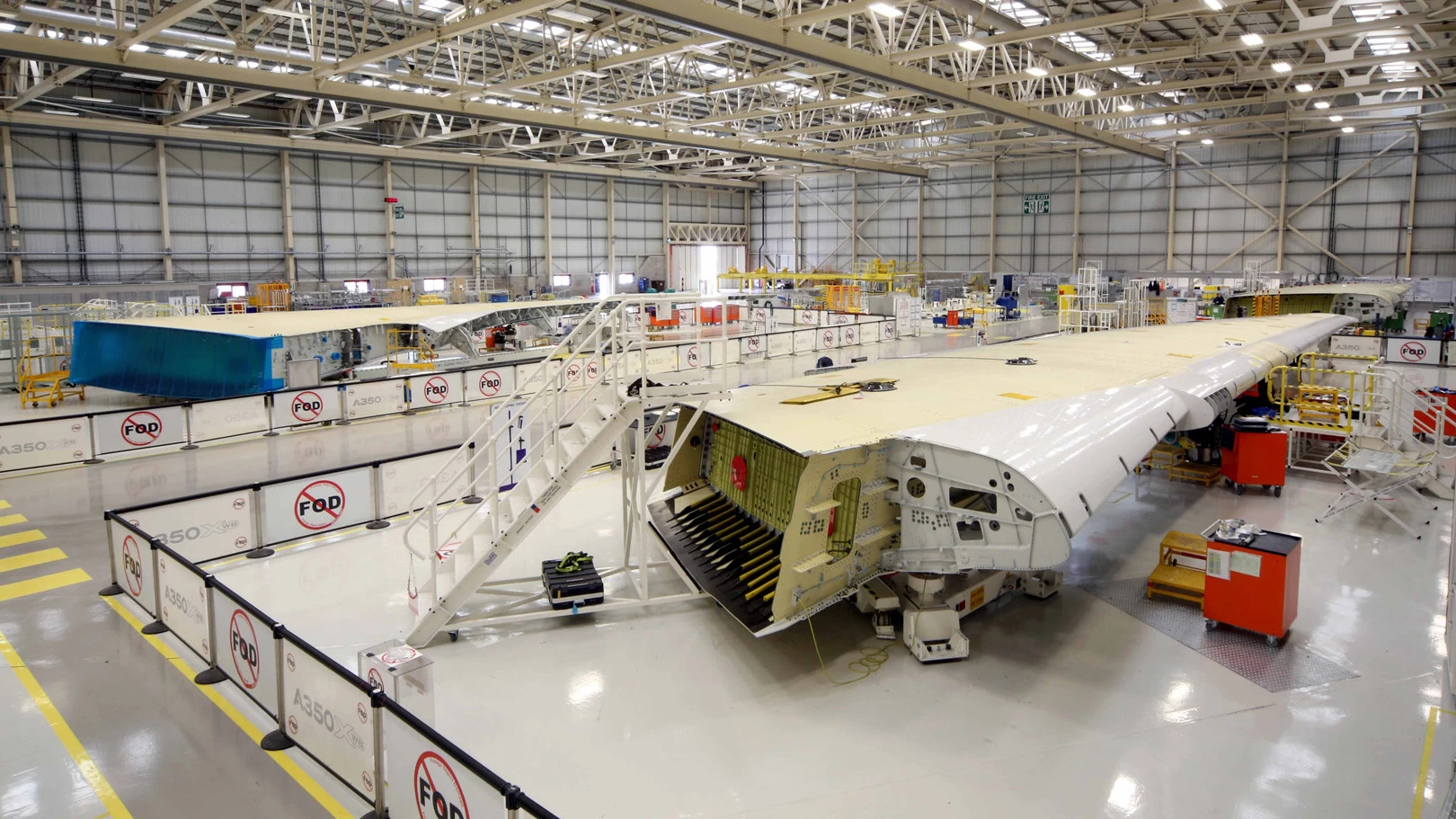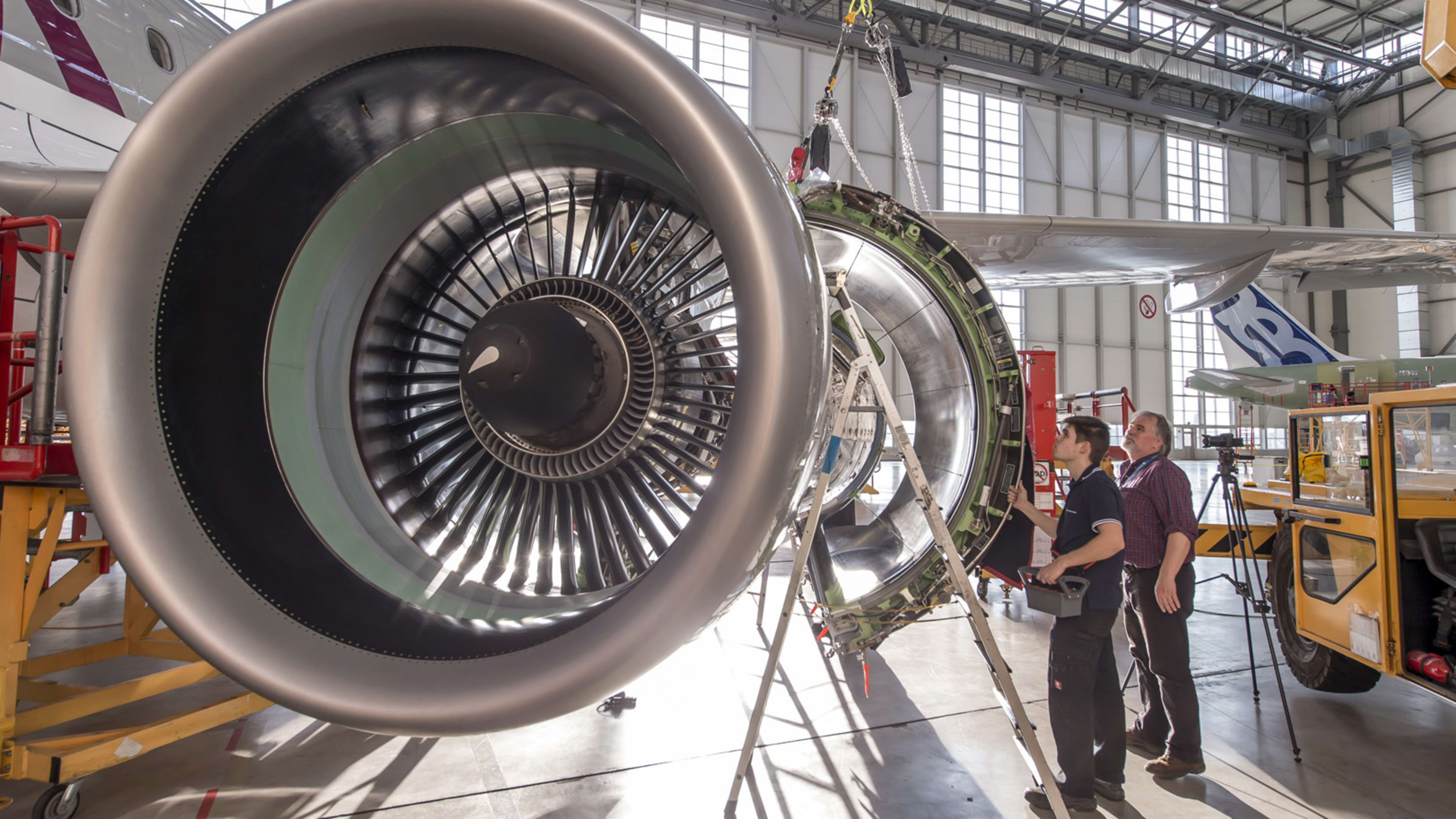The Airbus A320 is a hefty machine. Weighing in at 183,000 pounds fully loaded, the plane needs to be strong enough to withstand the constant forces of wind but light enough to be economical to operate. Every pound costs fuel: Your carry-on laptop actually costs an airline an extra 33 cents in gas, for instance, and a magazine costs a nickel.
The advances brought by decades of aeronautical engineering have more or less plateaued, which is why Airbus has partnered with the design and engineering software company Autodesk to design planes of the future in a new way. The two companies are using a tool called generative design—basically, programming software with all sorts of physical parameters and commanding it to develop a design around those rules. Generative design can do anything from shape a superstrong yet minimal chair to calculate wildly complex weight-to-strength ratios in airplane parts that a human brain couldn’t consider.

So far, Airbus has used generative design to develop a 3D-printed “bionic partition” for airplane cabins that’s 45% lighter yet 8% stronger than anything it’s used to date. But the company is pushing further. It’s now applying generative design tools to reengineer many more parts of its planes, from the vertical stabilizer (that tall fin that’s on the back of a jet—now 20% lighter than ever before), to the legs of its seats, to the interior layout of the cabin, to how its factories are built for optimal production and cost-effectiveness.
Here’s how generative design works: An engineer might specify that a new plane part needs to connect to two specific structural components in a very particular way and manage a specific amount of force. From there, software can consider all the ways to satisfy those requirements, such as unique microlattice structures and other very precise substructures that might be printed in metal or forged in steel.

“A human would add cross-bracing, add additional support or thickness when they think it’s necessary. With generative design, you can create a kind of algorithmic geometry,” says David Benjamin, director of research for Autodesk. “Instead of starting with the whole shape, then putting in supporting members, you can literally grow a shape into the [right footprint] and the load. It’s a totally different logic.”
[Image: Autodesk]
Then the AI kicks out hundreds to thousands of options, all of which have their strength-to-weight attributes charted out. An engineer can study the designs to pick whichever has the best balance. And along the way, the AI itself can learn from its own work, tuning its designs as it goes.

Sometimes that tuning is really quite simple—with Autodesk’s software, developed over the last four or five years, an engineer can control for minimizing weight or structural stress. But with Airbus, Autodesk is experimenting with adding more unique and complex variables to its platform. To be honest, the entire pitch of what’s possible begins to sound more like automated design thinking than engineering. “With a building or plane, you have to think of the comfort of people inside it, the energy consumption to create the materials in it, the efficiency or amount in costs to produce it,” Benjamin continues. “Generative design is the best process to manage all of that complexity. It grows more and more valuable as you add more complexity.”

Airbus is currently planning a new engine factory in Hamburg, Germany, where it will break ground next year. With help from Autodesk, it’s applying generative software to its factory architecture—tuning it around 10 parameters, ranging from lot efficiency (the basic geometries and human flows of the space) to its sustainability (the energy efficiency, the transportation arrangements, and even the thermal comfort of the building). The software has created two options that the company is considering—one a more typical rectangular layout, the other, a geometrically efficient polygon.
[Image: Autodesk]
Autodesk is actually spending exorbitant amounts of time to custom-program these generative design tools for Airbus specifically. But because of this work, those tools will get more and more automated in the coming years, and that’s what’s promising not just for Airbus, but for other companies that could adopt Autodesk’s Fusion 360 software.
“When we were doing the first bionic partition, [generative design] was something not readily available to most customers. It was pretty experimental. [Then the question was] could we do this for a wing? And it’s the same with the architectural example of the factory,” says Benjamin. “But always, we have an eye toward mass adoption and use. Now the early stuff we were doing in the first partition is relatively turnkey.”
In other words, today, an algorithm in a commercial piece of software can design an airplane part. Tomorrow, it will design a whole factory. And in 20 years . . . who knows? Maybe we’ll finally get an entire industry of personal jetpacks.
Recognize your brand’s excellence by applying to this year’s Brands That Matter Awards before the early-rate deadline, May 3.
